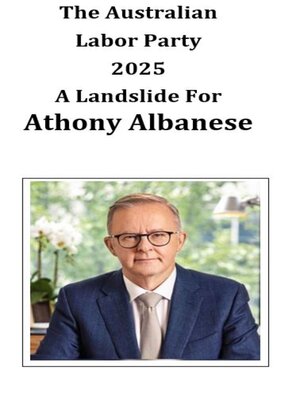
Sign up to save your library
With an OverDrive account, you can save your favorite libraries for at-a-glance information about availability. Find out more about OverDrive accounts.
Find this title in Libby, the library reading app by OverDrive.



Search for a digital library with this title
Title found at these libraries:
| Library Name | Distance |
|---|---|
| Loading... |
The Australian Labor Party (ALP): A Full History
Origins and Formation (Late 19th Century)
The ALP was born out of the trade union movement in the late 19th century, responding to worsening conditions for workers during the economic depression of the 1890s. Strikes like the Maritime Strike (1890) and Shearers' Strike (1891), particularly in Queensland and New South Wales, were pivotal.
In 1891, Labor candidates won seats in the New South Wales Legislative Assembly, and the first Labor government in the world was briefly formed in Queensland in 1899 under Premier Anderson Dawson, though it lasted just six days.
Labor contested the first federal election in 1901 after Australia's federation and won 14 of the 75 seats in the new House of Representatives.
________________________________________
Early 20th Century: Ascendancy and Challenges (1901–1929)
Chris Watson became the first federal Labor Prime Minister, leading a minority government for four months—the first national Labor government in the world.
Under Andrew Fisher, Labor won the 1910 federal election, forming the first majority Labor government. This government introduced major reforms including old-age pensions, maternity allowances, and foundations of a national navy.
The party was torn over conscription during World War I. Prime Minister Billy Hughes supported conscription, clashing with the anti-conscription stance of most of the party. He was expelled and formed the Nationalist Party, taking many members with him—this severely weakened the ALP.
________________________________________
The Great Depression and Another Split (1929–1939)
Labor under James Scullin returned to power but was overwhelmed by the Great Depression. Disagreements over economic responses led to another split, with Joseph Lyons leaving to form the United Australia Party (UAP)—again weakening Labor.
Labor remained in opposition for much of the 1930s, during which it struggled with internal divisions and competing economic ideas.







